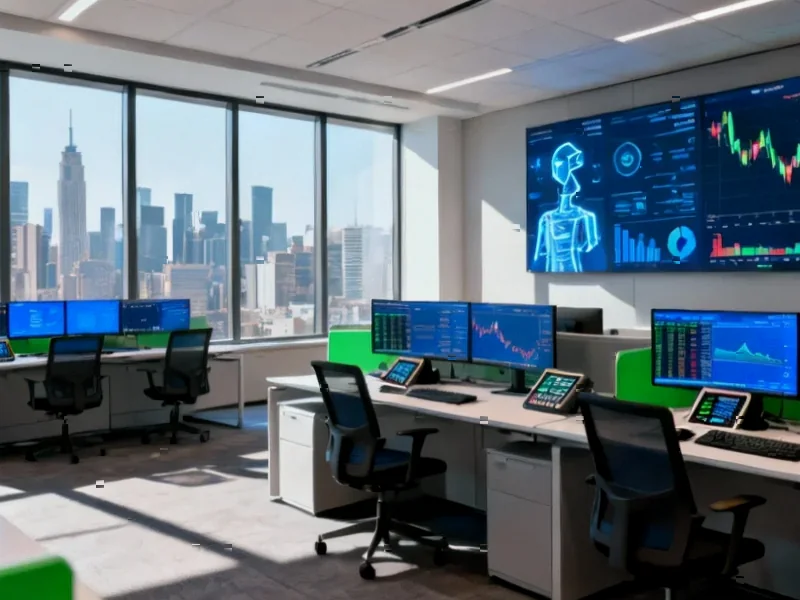According to CNBC, the S&P 500 gained 2.3% in October despite historical concerns about “Octoberphobia” stemming from the market crashes of 1929 and 1987. The technology-heavy Nasdaq Composite performed even better with a 4.7% climb, driven by artificial intelligence stocks. Amazon surged 9.6% on Friday alone after CEO Andy Jassy highlighted strong AI demand in cloud computing, lifting other AI-related stocks including Palantir and Oracle. Nvidia became the first company to reach a $5 trillion valuation during the month, with CEO Jensen Huang describing AI’s “virtuous cycle” of growth. This momentum appears more sustainable than temporary market enthusiasm, suggesting AI’s market impact is entering a new phase.
The Fundamental Market Structure Shift
What we’re witnessing isn’t just another tech rally—it’s a fundamental restructuring of market leadership. The concentration of gains in AI-related stocks indicates that investors are betting on a technological transformation that will reshape multiple industries simultaneously. Unlike previous tech booms that were more speculative, the current AI surge is backed by massive capital expenditure commitments from established tech giants. These companies aren’t just talking about AI potential; they’re deploying billions into infrastructure that will take years to build out, creating a tangible foundation for sustained growth.
Winners and Losers in the New AI Economy
The AI rally is creating clear stratification in the market. Companies with established AI infrastructure and clear monetization paths—like cloud providers and semiconductor manufacturers—are capturing disproportionate value. Meanwhile, traditional businesses without AI integration strategies are facing investor skepticism. The gap between AI-enabled companies and legacy businesses is widening rapidly, creating pressure for digital transformation across all sectors. We’re seeing early signs of AI becoming a requirement for competitive survival rather than a competitive advantage.
The Sustainability Question
While the current enthusiasm appears more grounded than previous tech bubbles, several risks loom. The massive capital expenditures required for AI infrastructure could strain balance sheets if adoption doesn’t materialize as quickly as anticipated. Additionally, regulatory scrutiny is increasing as AI’s economic impact grows, potentially slowing deployment timelines. The concentration of gains in a handful of stocks also creates systemic risk—if AI adoption hits unexpected technical or market barriers, the broader market could experience significant volatility.
Investment Strategy Implications
For investors, the AI-driven market requires a different approach. Traditional sector diversification may be less effective when AI is becoming a cross-cutting theme affecting all industries. The key differentiator will be identifying companies with sustainable AI advantages versus those riding hype cycles. We’re likely to see continued divergence between companies that can effectively integrate AI into their business models and those that struggle with implementation. This suggests a shift toward more fundamental analysis of technological capabilities rather than traditional financial metrics alone.




